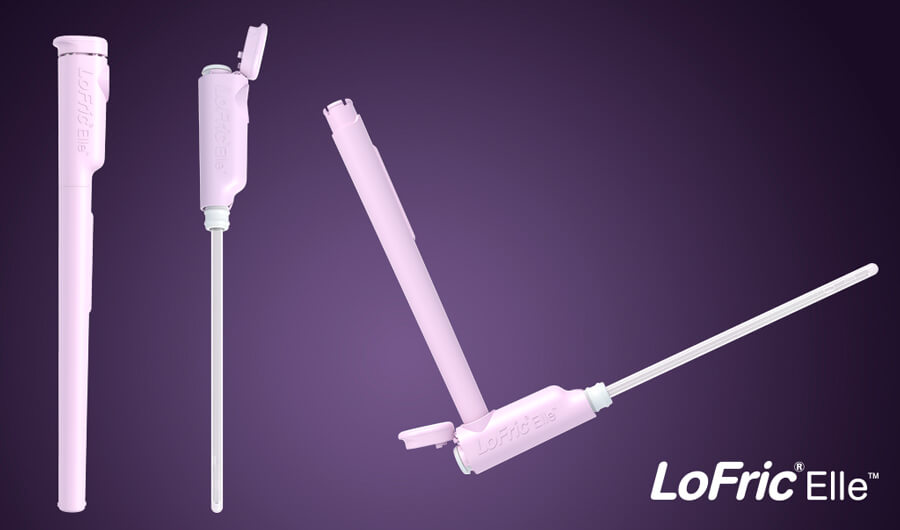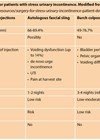
Urinary incontinence, or loss of bladder control, is a frustrating problem for millions of people. Never knowing when and where one might have an accident can affect everything: from work to family and social life.
It happens to both men and women, but it’s more common in women. Studies show that at least half of older women may have some form of incontinence [1].

Even though bladder problems are so common, many women struggle to find a solution. Intermittent self catheterisation (ISC) is one of the methods that is sometimes overlooked, despite being simple, safe and regarded as gold standard when treating bladder dysfunctions. Women face female specific challenges that often make self catheterisation a bit more difficult to learn and integrate into daily routines.
What are the barriers women face to learn ISC [2]?
- Physiological barriers such as problems with reach, dexterity or locating the right place to insert a catheter.
- Psychological barriers (stigma, misconceptions, embarrassment surrounding the procedure).
- External factors (e.g. quality of teaching & learning environment).
Making a real difference
At Wellspect we are committed to help women overcome these barriers, as we believe that ISC is a life changing therapy, significantly improving health and quality of life. Our latest revolutionary innovation – LoFric® Elle™ has been designed to help more women learn and perform ISC. LoFric Elle is the world’s first intermittent catheter with an L- shaped handle! The handle offers a new way to catheterise that makes ISC easy to teach, learn and perform.

“This should make teaching and learning the ISC procedure easier for the clinician and the patient. Intermittent self-catheterisation is a crucial element in the management of bladder retention but it can be very daunting for a lot of patients and the barriers the patients face can limit their adherence. Lofric-Elle may help to minimise some of those barriers. It is hoped with the handle patients will find the handling much easier and will be able to get a better view when using a mirror. This should make teaching/learning the ISC procedure easier for the clinician and the patient."
Kate Mitchell, Advanced Urogynaecology Practitioner, Urogynaecology and Pelvic Health, Gloucestershire Royal Hospital
For more information about LoFric Elle vist: Wellspect.co.uk
References
1. Irwin et al BJU International 2011,108-1132-8;
2. Wellspect 'Barriers to ISC' survey Nov 2019:
info.wellspect.co.uk/barriers-to-teaching-women-isc







